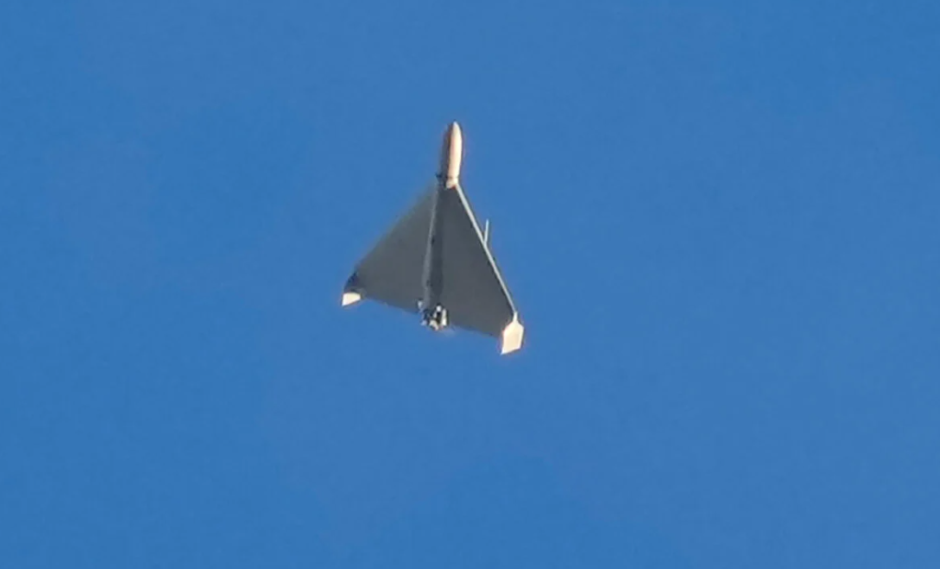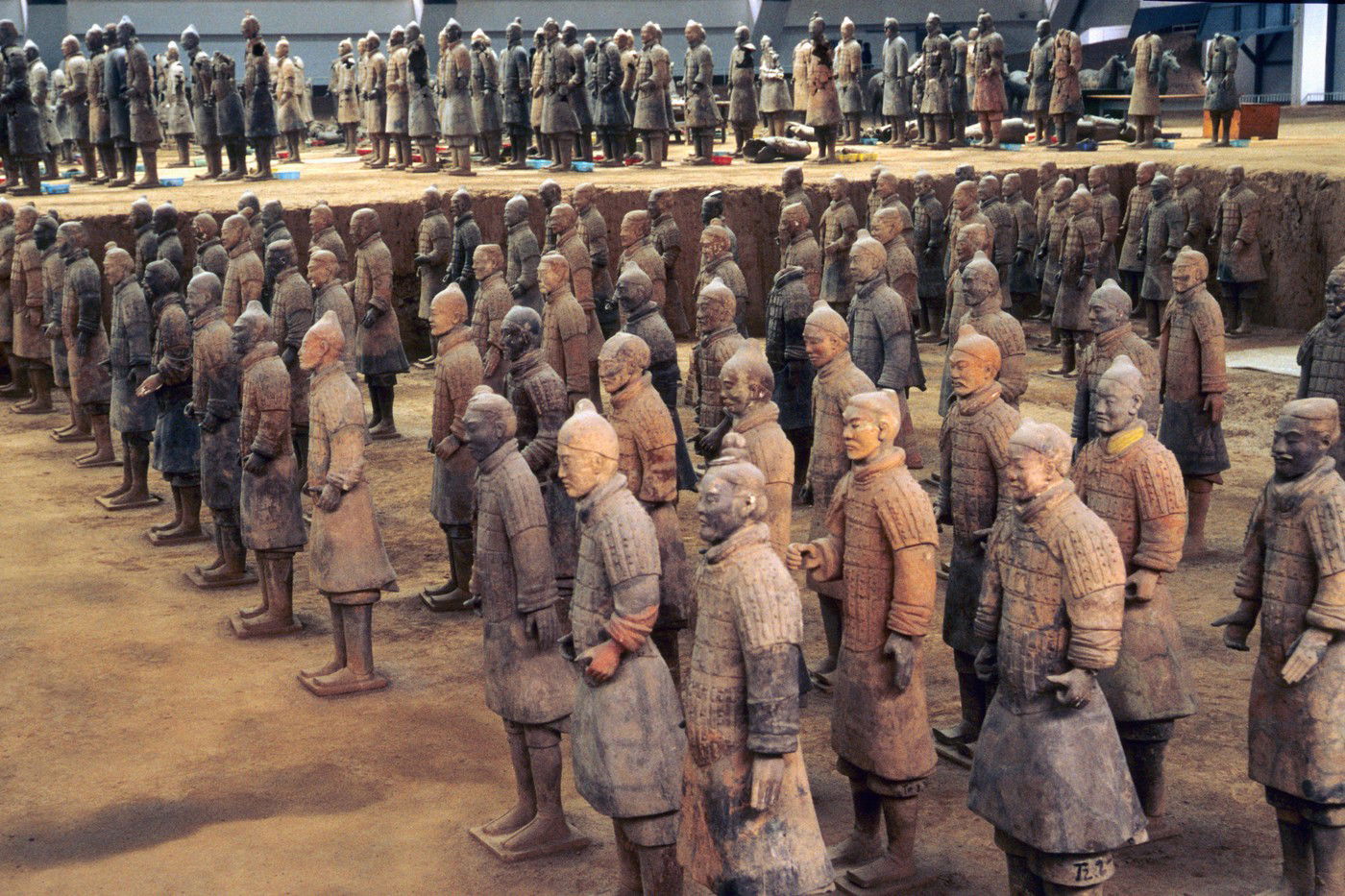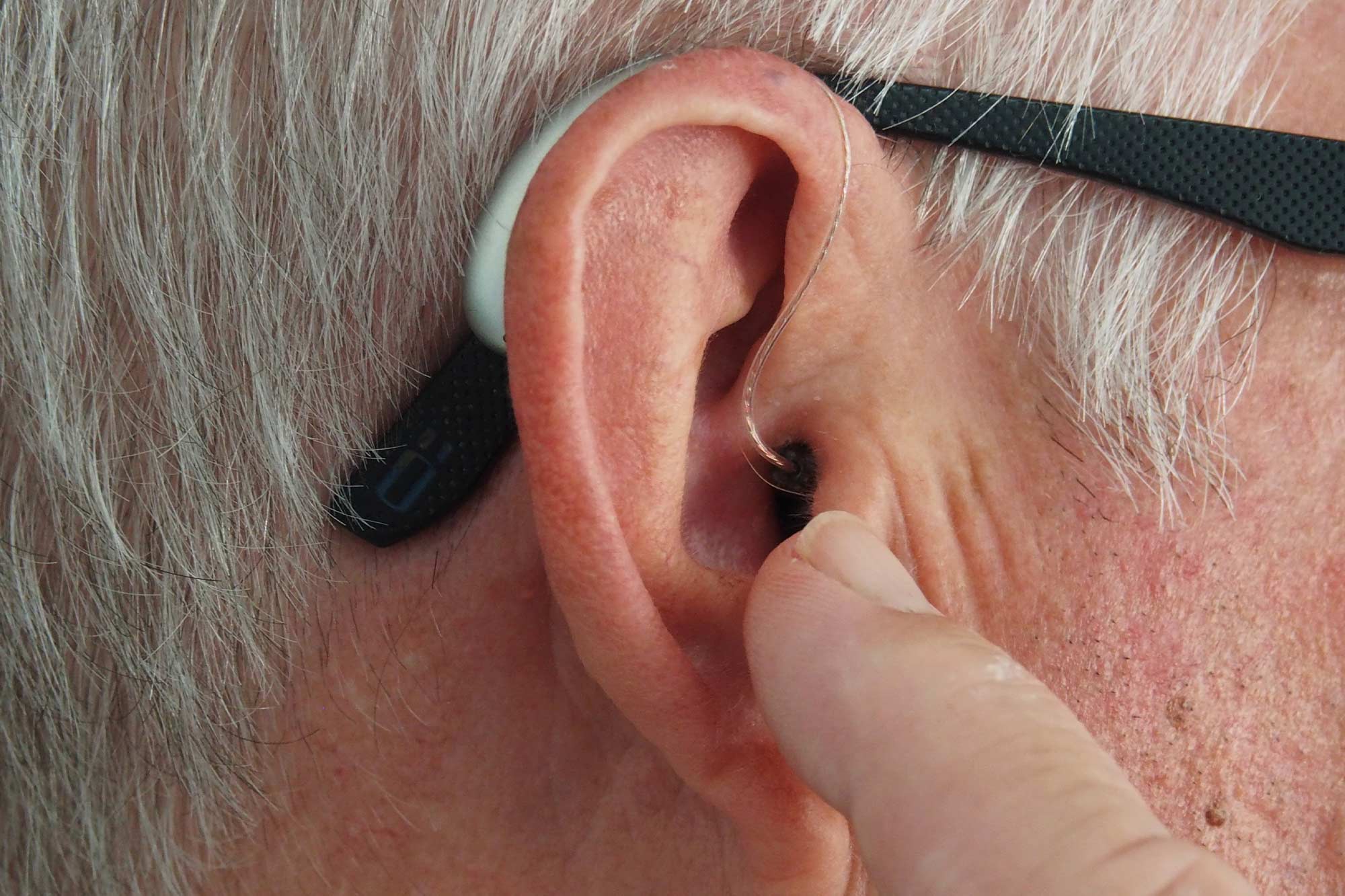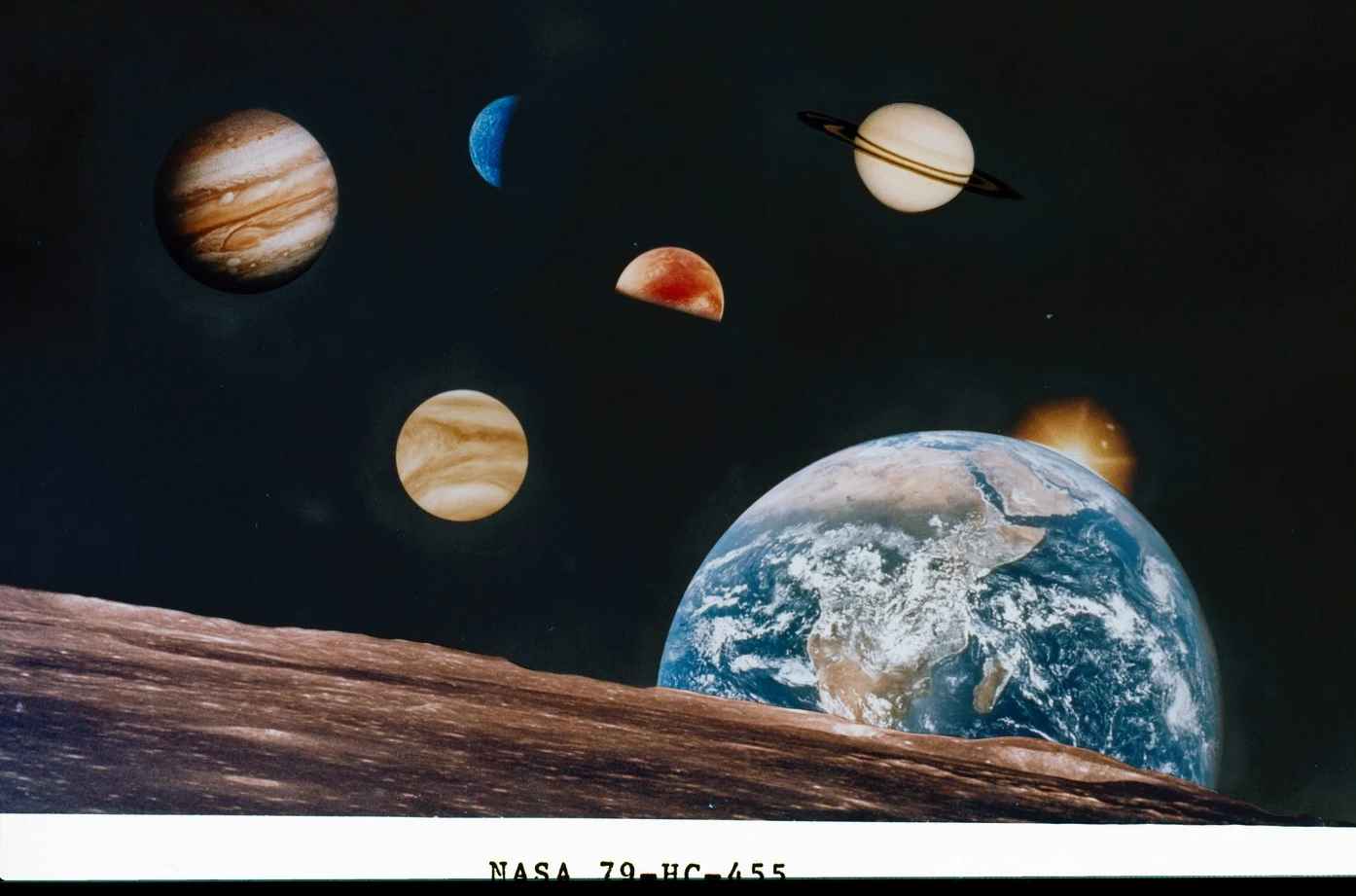A supernova explosion near our fledgling sun could destroy what will become our solar system — if it isn’t protected by a shield of molecular gas, according to reports. live science.
Scientists came to this conclusion by studying isotopes of the elements discovered in meteorites. These space rocks are parts of asteroids formed from material that was present when the sun was formed, and then the planets of the solar system. As such, meteorites are a type of fossil that allows scientists to reconstruct the evolution of the solar system.
The research team found different concentrations of a radioactive isotope of aluminum in the meteorite samples. This information indicates that about 4.6 billion years ago, a large amount of radioactive aluminum came close to our planet. The research team explained that the best explanation for the presence of this material to this extent is a nearby supernova explosion.
It’s possible that our early solar system survived the winds of such a giant explosion, said team members led by Doris Arzumanian, an astrophysicist at the National Astronomical Observatory of Japan. They added that the birth of the “cocoon” of the solar system may have acted as a barrier to this shock wave.
Supernova explosions occur when massive, dying stars run out of fuel for nuclear fusion and their cores can no longer withstand the gravitational collapse. When this happens, a huge mass of matter, including heavy elements accumulated over billions of years, is blown away with devastating force.
It will be the bedrock of the next generation of stars — but the blast could be powerful enough to rip apart nearby nascent planetary systems.
Stars are born in giant clouds of molecular gas made up of dense interstellar “filaments”. Smaller stars, such as the Sun, form along these lines, while larger stars that later go supernova tend to form where these “filaments” intersect.
Arzumanian and the research team estimate that it took the supernova shock wave about 300,000 years to tear apart the dense “crust” protecting the nascent solar system.
The new findings indicate that in addition to acting as a shield, the “spinning” can also capture radioactive isotopes and direct them directly into the region around the nascent sun.
The researchers believe their findings could be key to understanding the formation and evolution of stars and their planetary systems.
“This scenario may have several important consequences for understanding the formation, evolution, and properties of stellar systems,” the research team wrote in their study published in Astrophysical Journal Letters in April.
For example, the ‘host filaments’ may play an important role in protecting the young solar system from the far ultraviolet radiation of giant stars, which can vaporize the protocell disk, affecting its final size, which would have a direct impact on planet formation inside. disk”.
This might also be interesting:












































